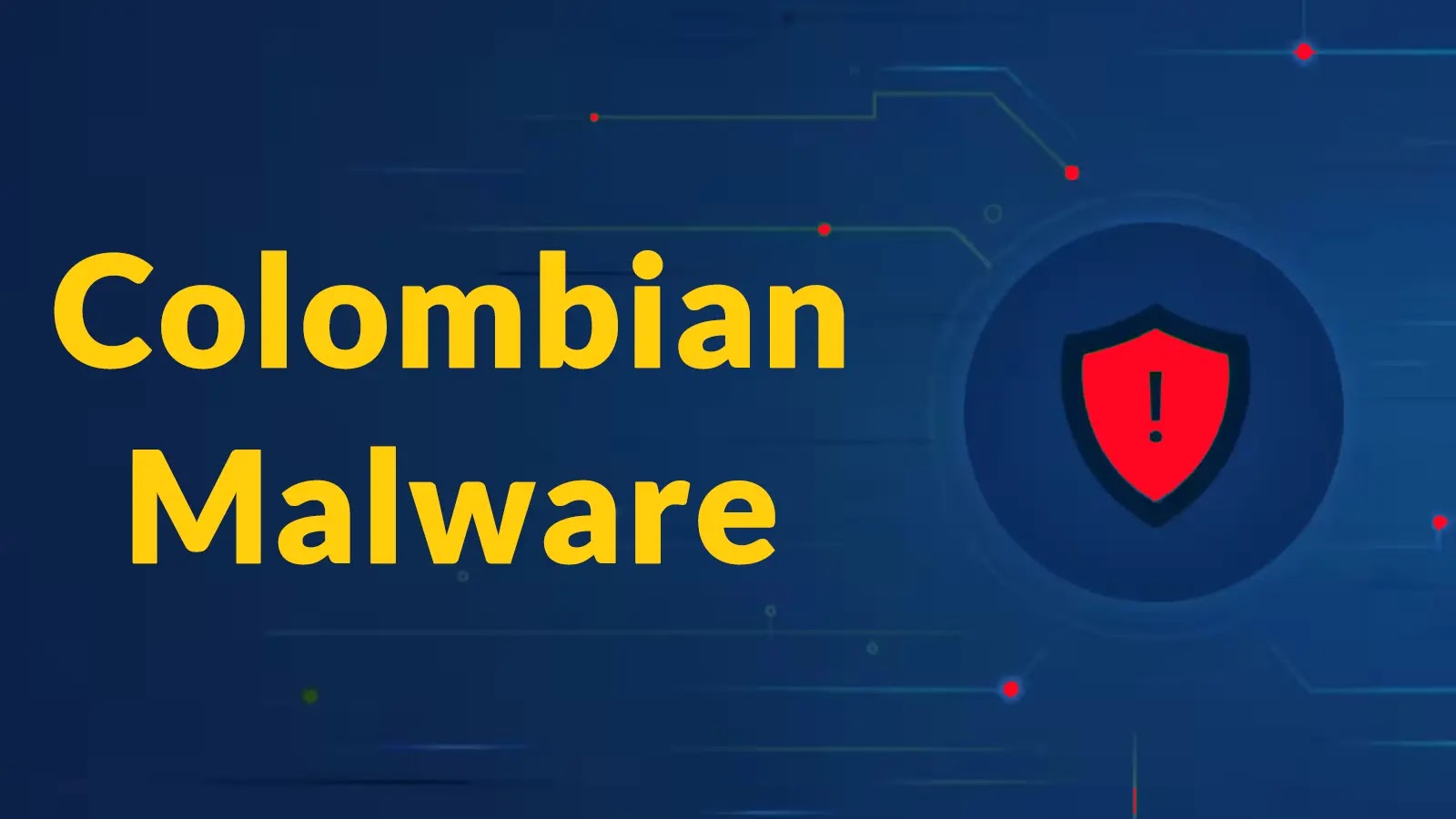
Colombian Malware Weaponizing SWF and SVG to Bypass Detection
A disturbing new front in the cyberthreat landscape has emerged, targeting users in Colombia and beyond. Beginning in early August 2025, a sophisticated and previously unseen malware campaign has been circulating, leveraging a deceptive combination of seemingly benign file formats: Adobe Flash SWF and Scalable Vector Graphics (SVG). This multi-phased operation is specifically designed to evade traditional antivirus detection, posing a significant challenge to cybersecurity defenses.
The Evolving Threat Landscape: Why SWF and SVG?
Attackers are constantly innovating, seeking novel methods to bypass established security protocols. The newfound weaponization of SWF and SVG files highlights this relentless pursuit. Historically, antivirus solutions have focused heavily on executable files (EXEs, DLLs) or common document formats (PDFs, DOCX). However, vector-based formats like SWF and SVG often fly under the radar, perceived as less threatening.
- Adobe Flash SWF (Small Web Format): While largely deprecated for web content, SWF files can still be opened by various applications and embedded in other documents. Their ability to contain rich interactive content, including ActionScript code, makes them a potent vector for delivering malicious payloads if not properly scrutinized.
- Scalable Vector Graphics (SVG): SVG is an XML-based image format for two-dimensional graphics. Its strength lies in its scalability and ability to support scripting. This extensibility, however, also introduces a vulnerability: malicious JavaScript or external content can be embedded within an SVG file, turning a simple image into a Trojan horse.
The Colombian Malware Campaign: A Multi-Phased Approach
Initial reports indicate this campaign begins with what appears to be a benign SWF file, distributed via email attachments and web downloads. This suggests a classic social engineering tactic, luring unsuspecting users into execution. The attackers’ strategy is particularly insidious due to its layered nature:
- Initial Compromise: The SWF file likely acts as the initial dropper or downloader. Its execution could potentially trigger the download of further malicious components.
- SVG as a Concealed Payload: The novelty of this campaign lies in its use of SVG. It’s highly probable that the SWF, once executed, either downloads or dynamically generates an SVG file. This SVG file, appearing as a harmless graphic, could contain embedded scripts or external links designed to fetch the final stage malware.
- Evasion of Traditional Detections: By chaining these seemingly innocuous file types, the attackers create a complex infection chain. Traditional signature-based antivirus solutions might not flag the individual components as malicious or may struggle to reconstruct the complete attack flow, allowing the malware to establish persistence or exfiltrate data.
While specific CVEs for this particular campaign are not yet publicly known, the underlying principles leverage vulnerabilities often associated with script execution within trusted file formats. For instance, past vulnerabilities like CVE-2015-0310 (an arbitrary code execution vulnerability in Adobe Flash Player) or potential client-side script injection flaws often play a role in such sophisticated attacks.
Remediation Actions and Proactive Defense
Countering such an agile and deceptive threat requires a multifaceted approach. Organizations and individuals must prioritize robust security practices and advanced threat detection capabilities.
- Enhanced Email Security: Implement advanced email gateway security solutions that perform deep content inspection, sandboxing, and dynamic analysis of attachments, even for non-executable file types.
- Endpoint Detection and Response (EDR): Deploy EDR solutions capable of monitoring endpoint activities, detecting anomalous behavior, and identifying attack chains, even when individual components might appear benign.
- Web Gateway Security: Utilize secure web gateways that inspect all web traffic, including downloads, for malicious content and suspicious file types.
- User Awareness Training: Educate employees about the dangers of opening unsolicited email attachments or downloading files from unverified sources. Emphasize the risks associated with seemingly harmless file types like SWF and SVG.
- Disable Unnecessary Functionality: Where possible, disable or restrict the execution of Flash content and scripts within SVG files in browsers or applications if not required for business operations.
- Regular Patching and Updates: Ensure all operating systems, web browsers, and applications (especially those capable of rendering SWF or SVG files) are kept up-to-date with the latest security patches to mitigate known vulnerabilities.
- Network Segmentation: Isolate critical systems and sensitive data to limit lateral movement in the event of a breach.
Tools for Detection and Mitigation
| Tool Name | Purpose | Link |
|---|---|---|
| Cisco Talos Email Security | Advanced email threat detection and prevention. | cisco.com |
| CrowdStrike Falcon Insight | Endpoint Detection and Response (EDR) for behavior-based threat hunting. | crowdstrike.com |
| Proofpoint TRAP | Targeted Risk Analyzer and Prevention for email and web threats. | proofpoint.com |
| VirusTotal | Online service for analyzing suspicious files and URLs. | virustotal.com |
| Suricata | Open-source Network Intrusion Detection/Prevention System (NIDS/NIPS). | suricata.io |
Conclusion: Staying Ahead of the Curve
The Colombian malware campaign deploying SWF and SVG files underscores a critical reality: threat actors are continuously exploring new attack vectors and exploiting lesser-known functionalities within common file formats. For cybersecurity professionals, this evolution demands constant vigilance, a shift from signature-based detection to behavior-based analysis, and proactive security measures. By understanding these new attack methodologies and implementing comprehensive defense strategies, organizations can significantly bolster their resilience against future sophisticated threats.





